Filter by
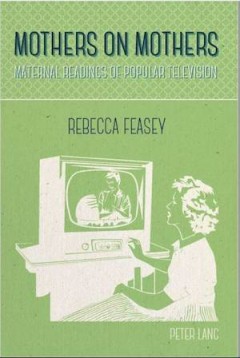
Mother on Mothers: Maternal Readings of Popular Television
From Supernanny to Gilmore Girls, from Katie Price to Holly Willoughby, a wide range of examples of mothers and motherhood appear on television today. Drawing on questionnaires completed by mothers across the UK, this book sheds new light on the diverse ways in which mothers make sense of popular representations of motherhood on television.
- Edition
- -
- ISBN/ISSN
- 9783034318266
- Collation
- -
- Series Title
- -
- Call Number
- 791.4 FEA m
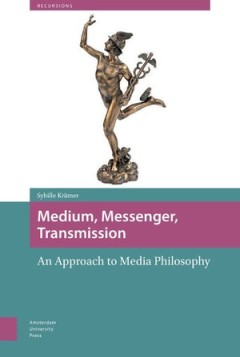
Medium, Messenger, Transmission: An Approach to Media Philosophy
This rich study provides a comprehensive introduction to media philosophy while offering a new perspective on the concept and function of transmission media in all systems of exchange. Krämer uses the figure of the messenger as a key metaphor, examining a diverse range of transmission events, including the circulation of money, translation of languages, angelic visitations, spread of infectiou…
- Edition
- -
- ISBN/ISSN
- 9789089647412
- Collation
- -
- Series Title
- -
- Call Number
- 700 KRA a
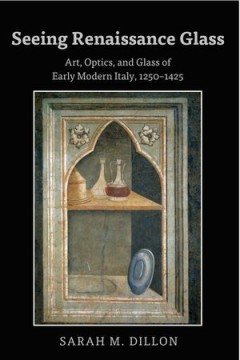
Seeing Renaissance Glass: Art Optics and Glass of Early Modern Italy 1250–1425
With the invention of eyeglasses around 1280 near Pisa, the mundane medium of glass transformed early modern optical technology and visuality. It also significantly influenced contemporaneous art, religion, and science. References to glass are found throughout the Bible and in medieval hagiography and poetry. For instance, glass is mentioned in descriptions of Heavenly Jerusalem, the Beatific V…
- Edition
- -
- ISBN/ISSN
- 9781433148354
- Collation
- -
- Series Title
- -
- Call Number
- 700 DIL s
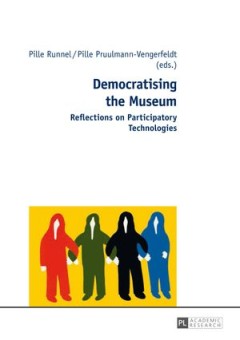
Democratising the Museum: Reflections on Participatory Technologies
Democratising the museum is a collection of articles reflecting upon the problem of how participation, technologically mediated or not, can support the museum in the process of becoming more accessible. The open museum shares power with its visitors while negotiating professionalism and the role of the museum in a modern society. The book looks at the roles and struggles of audiences/visitors a…
- Edition
- -
- ISBN/ISSN
- 9783653039726
- Collation
- -
- Series Title
- -
- Call Number
- 708 DEM d
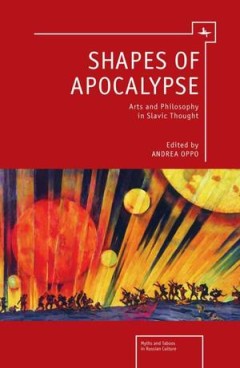
Shapes of Apocalypse: Arts and Philosophy in Slavic Thought
This collective volume aims to highlight the philosophical and literary idea of apocalypse, within some key examples in the Slavic world during the nineteenth and twentieth century. From Russian realism to avant-garde painting, from the classic fiction of the nineteenth century to twentieth century philosophy, not omitting theatre, cinema or music, there is a specific examination of the concept…
- Edition
- -
- ISBN/ISSN
- 9781618116956
- Collation
- -
- Series Title
- -
- Call Number
- 701 OPP s
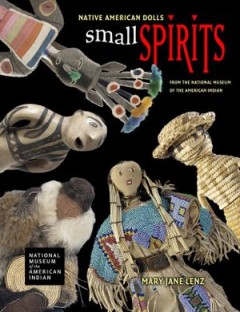
Small Spirits: Native American Dolls from the National Musuem of the American…
Mary Jane Lenz’s insightful, authoritative text discusses the intriguing roles dolls have played in Native American cultures and explores their significance today, while historical photographs bring to life the people who made and used these remarkable creations. Featuring a superb selection from the museum’s collections, Lenz’s landmark book will appeal to scholar, collector, and general…
- Edition
- -
- ISBN/ISSN
- -
- Collation
- -
- Series Title
- -
- Call Number
- 700 LEN s
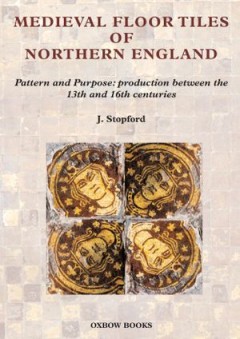
Medieval Floor Tiles of Northern England: Pattern and purpose production betw…
This study of the design, manufacture and use of medieval floor tiles shows the long-lasting influence achieved in the north of England, especially by the Cistercian monasteries. It serves to demonstrate how these monastic houses made use of the resources and contacts available to them. The study focuses on one of the richest medieval floor tile assemblages in the world, with material from 118 …
- Edition
- -
- ISBN/ISSN
- 9781789254402
- Collation
- -
- Series Title
- -
- Call Number
- 738 STO m
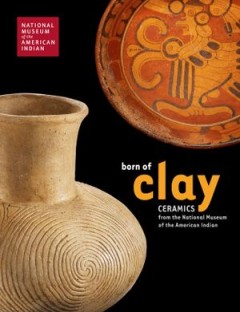
Born of Clay: Ceramics from the National Museum of the American Indian
The museum’s holdings are rich in examples of Native ceramics from throughout the Western Hemisphere, stretching across forty centuries to the present day. In this book, four scholars introduce important and little-known ceramic figures and vessels representing the cultures of the Andes, Mexico, the American Southwest, and the eastern United States. Extensively illustrated with beautiful new …
- Edition
- -
- ISBN/ISSN
- -
- Collation
- -
- Series Title
- -
- Call Number
- 738 BOR b
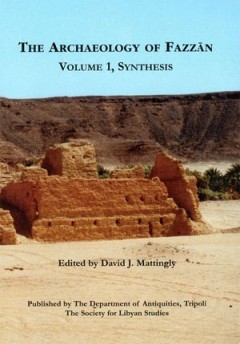
The Archaeology of Fazzan, Volume 1: Synthesis
This book seeks to advance knowledge of human settlement and adaptation in the world's largest desert, the sahara. Previous studies focussed on the prehistoric phases but this study takes a wider historical and geographical perspective. It sets out to combine the results of several field campaigns, their histories and methodologies. We look at fieldwork, fortifications, funerary structures, irr…
- Edition
- -
- ISBN/ISSN
- 9781914268045
- Collation
- -
- Series Title
- -
- Call Number
- 709 MAT a

Humour and Irony in Dutch Post-War Fiction Film
Dutch cinema is typically treated only in terms of prewar films or documentaries, leaving postwar fictional film largely understudied. At the same time, a Hollandse School, first named in the 1980s, has developed through deadpan, ironic films like those of director and actor Alex van Warmerdam. Using seminal theories on humor and comedy, this book explores a number of Dutch films using the noti…
- Edition
- -
- ISBN/ISSN
- 9789089649430
- Collation
- -
- Series Title
- -
- Call Number
- 791.43 VER h
 Computer Science, Information & General Works
Computer Science, Information & General Works  Philosophy & Psychology
Philosophy & Psychology  Religion
Religion  Social Sciences
Social Sciences  Language
Language  Pure Science
Pure Science  Applied Sciences
Applied Sciences  Art & Recreation
Art & Recreation  Literature
Literature  History & Geography
History & Geography